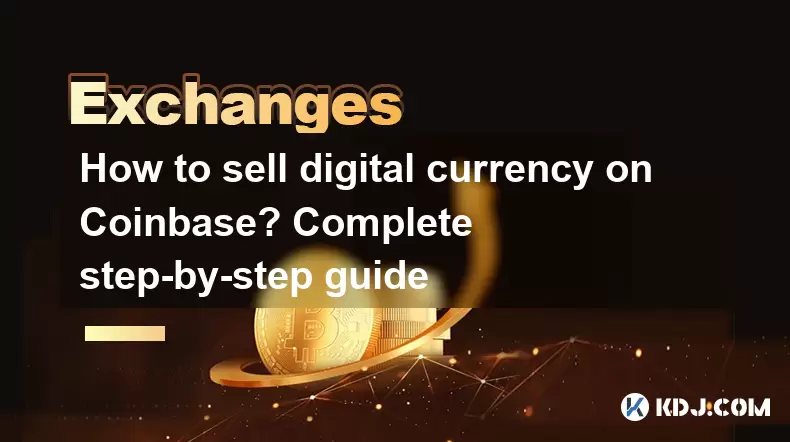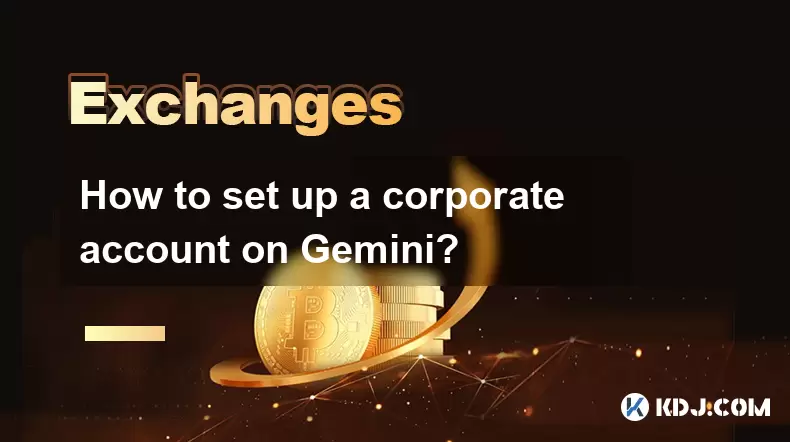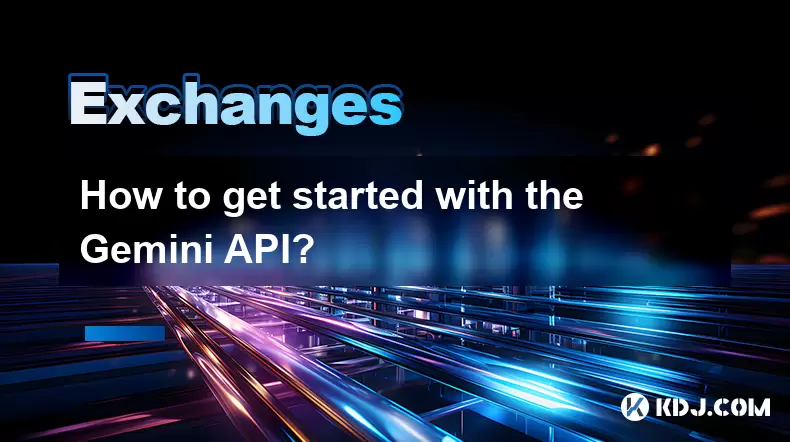-
 Bitcoin
Bitcoin $114200
0.00% -
 Ethereum
Ethereum $3637
0.56% -
 XRP
XRP $2.950
-2.01% -
 Tether USDt
Tether USDt $0.9999
0.02% -
 BNB
BNB $761.0
0.55% -
 Solana
Solana $164.1
-1.38% -
 USDC
USDC $0.9999
0.02% -
 TRON
TRON $0.3332
0.36% -
 Dogecoin
Dogecoin $0.2012
-0.52% -
 Cardano
Cardano $0.7261
-1.41% -
 Hyperliquid
Hyperliquid $37.62
-2.13% -
 Stellar
Stellar $0.3930
-2.65% -
 Sui
Sui $3.441
-0.16% -
 Bitcoin Cash
Bitcoin Cash $563.8
0.70% -
 Chainlink
Chainlink $16.50
0.09% -
 Hedera
Hedera $0.2424
-0.14% -
 Ethena USDe
Ethena USDe $1.001
0.01% -
 Avalanche
Avalanche $22.20
0.00% -
 Litecoin
Litecoin $118.0
-2.48% -
 UNUS SED LEO
UNUS SED LEO $8.991
0.12% -
 Toncoin
Toncoin $3.195
-3.87% -
 Shiba Inu
Shiba Inu $0.00001217
0.12% -
 Uniswap
Uniswap $9.674
-0.21% -
 Polkadot
Polkadot $3.633
1.00% -
 Monero
Monero $295.3
-0.82% -
 Dai
Dai $0.9999
0.00% -
 Bitget Token
Bitget Token $4.321
-0.41% -
 Cronos
Cronos $0.1392
0.73% -
 Pepe
Pepe $0.00001027
-0.89% -
 Aave
Aave $258.5
0.32%
How to sell digital currency on Coinbase? Complete step-by-step guide
Selling digital currency on Coinbase is easy: verify your account, check your balance, understand fees, log in, navigate to "Trade," select currency, enter amount, choose payment method, and confirm sale.
Jun 07, 2025 at 04:28 pm

Selling digital currency on Coinbase is a straightforward process that can be completed in a few simple steps. Whether you're looking to cash out your cryptocurrency holdings or trade them for another digital asset, Coinbase provides a user-friendly platform to help you achieve your goals. In this comprehensive guide, we will walk you through the entire process of selling digital currency on Coinbase, ensuring you have all the information you need to execute your transactions confidently.
Preparing to Sell Digital Currency on Coinbase
Before you begin the selling process, it's essential to ensure that your Coinbase account is set up correctly and that you have the necessary information at hand. Here are the key steps to prepare:
Verify your Coinbase account: To sell digital currency on Coinbase, you must have a verified account. If you haven't already done so, complete the verification process by providing the required personal information and documentation. This typically includes your full name, date of birth, address, and a government-issued ID.
Check your available balance: Ensure that you have a sufficient balance of the digital currency you wish to sell in your Coinbase wallet. You can view your balances by navigating to the "Portfolio" section of your account.
Understand the fees: Coinbase charges fees for selling digital currency, which can vary depending on your payment method and the size of your transaction. Familiarize yourself with the current fee structure to avoid any surprises.
Accessing the Sell Feature on Coinbase
Once you've prepared your account, you can easily access the sell feature on Coinbase. Follow these steps to get started:
Log in to your Coinbase account: Visit the Coinbase website or open the Coinbase mobile app and log in using your credentials.
Navigate to the "Trade" section: Once logged in, locate the "Trade" tab at the top of the page or in the app's menu. Click or tap on it to access the trading interface.
Select the digital currency to sell: In the "Trade" section, you'll see a list of available digital currencies. Choose the one you want to sell from the dropdown menu or by clicking on its icon.
Executing the Sale of Digital Currency
With the sell feature accessed and your desired digital currency selected, you're ready to execute the sale. Follow these steps carefully:
Enter the amount to sell: Specify the amount of digital currency you want to sell. You can enter the amount in either the digital currency or your local fiat currency. Coinbase will automatically convert the value based on the current market rate.
Choose your payment method: Select the payment method you want to use for the sale. Coinbase offers various options, such as bank transfers, PayPal, or credit/debit cards. Keep in mind that different payment methods may have different processing times and fees.
Review the transaction details: Before confirming the sale, take a moment to review all the transaction details. Ensure that the amount, payment method, and fees are correct. If everything looks good, proceed to the next step.
Confirm the sale: Click or tap on the "Sell" or "Confirm Sale" button to finalize the transaction. Depending on your payment method, the funds may be available in your Coinbase account immediately or within a few business days.
Monitoring Your Sale and Receiving Funds
After you've successfully sold your digital currency on Coinbase, it's important to monitor the transaction and ensure that you receive your funds. Here's what you need to do:
Track the transaction status: You can view the status of your sale by navigating to the "Transactions" or "History" section of your Coinbase account. Look for the specific transaction and check its current status, such as "Pending," "Completed," or "Failed."
Receive your funds: Depending on your chosen payment method, the funds from your sale will be credited to your Coinbase account or transferred to your bank account, PayPal, or credit/debit card. The timing of the fund receipt may vary, so be patient and allow for the necessary processing time.
Withdraw funds if necessary: If you've sold your digital currency and the funds are now in your Coinbase account, you may want to withdraw them to your bank account or another payment method. To do this, navigate to the "Withdraw" or "Cash Out" section of your Coinbase account and follow the prompts to initiate the withdrawal process.
Troubleshooting Common Issues
While selling digital currency on Coinbase is generally a smooth process, you may encounter some common issues. Here's how to troubleshoot them:
Transaction failed: If your sale transaction fails, check the transaction details for any errors or inconsistencies. Ensure that you have sufficient funds and that your payment method is valid. If the issue persists, contact Coinbase support for assistance.
Delayed funds: If you haven't received your funds within the expected timeframe, double-check the transaction status and the payment method you used. Some payment methods, such as bank transfers, may take longer to process. If the delay continues, reach out to Coinbase support for further investigation.
Incorrect amount received: If you receive an incorrect amount of funds after selling your digital currency, review the transaction details to ensure that the amount entered was correct. If there's a discrepancy, contact Coinbase support immediately to report the issue and request a resolution.
Frequently Asked Questions
Q: Can I sell multiple digital currencies at once on Coinbase?
A: No, Coinbase currently does not support selling multiple digital currencies in a single transaction. You must initiate separate sales for each digital currency you wish to sell.
Q: Is there a minimum amount I need to sell on Coinbase?
A: Yes, Coinbase has minimum transaction amounts for selling digital currency, which can vary depending on the specific currency and payment method. Check the Coinbase website or app for the current minimums before initiating a sale.
Q: Can I cancel a pending sale on Coinbase?
A: Once you've confirmed a sale on Coinbase, it cannot be canceled. However, if the sale is still in a pending state and hasn't been processed, you may be able to contact Coinbase support to request a cancellation.
Q: Are there any tax implications when selling digital currency on Coinbase?
A: Yes, selling digital currency on Coinbase may have tax implications depending on your country of residence and the specific tax laws in place. It's recommended to consult with a tax professional to understand your obligations and any potential tax liabilities resulting from your cryptocurrency sales.
Disclaimer:info@kdj.com
The information provided is not trading advice. kdj.com does not assume any responsibility for any investments made based on the information provided in this article. Cryptocurrencies are highly volatile and it is highly recommended that you invest with caution after thorough research!
If you believe that the content used on this website infringes your copyright, please contact us immediately (info@kdj.com) and we will delete it promptly.
- Binance, CZ, and the FTX Fallout: The $1.8 Billion Question
- 2025-08-06 18:30:12
- Brendan Rodgers, Celtic, and the Greg Taylor Role: A Tactical Conundrum
- 2025-08-06 18:50:12
- Coinbase Stock, Investment, and Earnings: Navigating Crypto's Tides
- 2025-08-06 18:55:54
- DALPY Coin: Investor Buzz Swirls Around Upcoming 'Game-Changing' Features
- 2025-08-06 18:30:12
- BlockchainFX: Your Ticket to 1000x Crypto Gains in '25?
- 2025-08-06 19:30:12
- Dogecoin Price, Technical Indicators, and Trader Sentiment: A NYC Perspective
- 2025-08-06 19:35:12
Related knowledge

How to set and manage alerts on the Gemini app?
Aug 03,2025 at 11:00am
Understanding the Gemini App Alert SystemThe Gemini app offers users a powerful way to stay informed about their cryptocurrency holdings, price moveme...

How to use the Gemini mobile app to trade on the go?
Aug 04,2025 at 09:14am
Setting Up the Gemini Mobile AppTo begin trading on the go using the Gemini mobile app, the first step is installing the application on your smartphon...

How to set up a corporate account on Gemini?
Aug 05,2025 at 03:29pm
Understanding Gemini Corporate AccountsGemini is a regulated cryptocurrency exchange platform that supports both individual and corporate account crea...

What to do if you forgot your Gemini password?
Aug 04,2025 at 03:42am
Understanding the Role of Passwords in Gemini AccountsWhen using Gemini, a regulated cryptocurrency exchange platform, your password serves as one of ...

What are the websocket feeds available from the Gemini API?
Aug 03,2025 at 07:43pm
Overview of Gemini WebSocket FeedsThe Gemini API provides real-time market data through its WebSocket feeds, enabling developers and traders to receiv...

How to get started with the Gemini API?
Aug 05,2025 at 12:35pm
Understanding the Gemini API and Its PurposeThe Gemini API is a powerful interface provided by the cryptocurrency exchange Gemini, enabling developers...

How to set and manage alerts on the Gemini app?
Aug 03,2025 at 11:00am
Understanding the Gemini App Alert SystemThe Gemini app offers users a powerful way to stay informed about their cryptocurrency holdings, price moveme...

How to use the Gemini mobile app to trade on the go?
Aug 04,2025 at 09:14am
Setting Up the Gemini Mobile AppTo begin trading on the go using the Gemini mobile app, the first step is installing the application on your smartphon...

How to set up a corporate account on Gemini?
Aug 05,2025 at 03:29pm
Understanding Gemini Corporate AccountsGemini is a regulated cryptocurrency exchange platform that supports both individual and corporate account crea...

What to do if you forgot your Gemini password?
Aug 04,2025 at 03:42am
Understanding the Role of Passwords in Gemini AccountsWhen using Gemini, a regulated cryptocurrency exchange platform, your password serves as one of ...

What are the websocket feeds available from the Gemini API?
Aug 03,2025 at 07:43pm
Overview of Gemini WebSocket FeedsThe Gemini API provides real-time market data through its WebSocket feeds, enabling developers and traders to receiv...

How to get started with the Gemini API?
Aug 05,2025 at 12:35pm
Understanding the Gemini API and Its PurposeThe Gemini API is a powerful interface provided by the cryptocurrency exchange Gemini, enabling developers...
See all articles

























































































